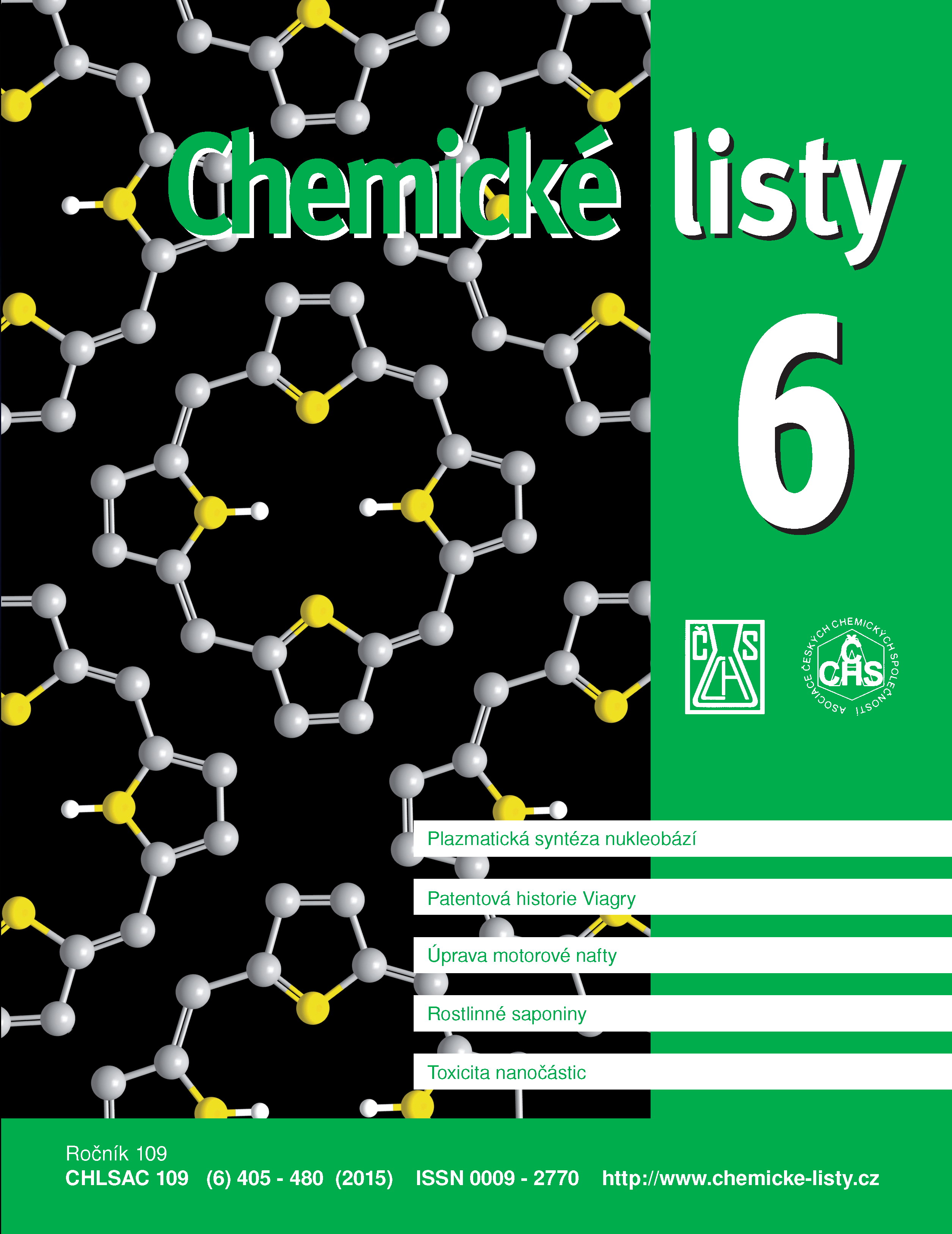Vplyv meďnatých iónov na diverzitu kvasiniek asociovaných s hroznom a muštom
Klíčová slova:
autochtónne kvasinky, hrozno, meďnaté ióny, rastová rýchlosťAbstrakt
The diversity of yeasts and yeast microorganisms on grapes and, consequently, in musts may be strongly influenced by using Cu2+ products. The effect of Cu2+ concentration on the growth of native yeast strains isolated from grapes and grape must of three grape varieties was studied. The growth of H. uvarum, P. kluyveri, P. kudriavzevii, C. californica, F. elegans, R. bacarum and Sc. crataegensis was inhibited in the presence of a minimum concentration of 0.5 mM Cu2+. The growth of S. cerevisiae, Cr. magnus, R. glutinis and Sp. pararoseus depended on the strain tested. The strains of A. pullulans, M. pulcherrima, C. oleophila, P. terricola, R. nothofagi and R. minuta were growing at increasing Cu2+ concentrations but their growth was reduced by prolongation of the lag phase compared with their growth in the absence of Cu2+. The growth reduction of ethanol-tolerant yeast strains at higher concentration of Cu ions shows the effect of the prolonged action of wine fermentation. Autochthonous yeast strains resistant to higher Cu2+ concentrations (C. oleophila, M. pulcherrima, R. minuta) appear to be an appropriate solution to reduction of Cu residues in the fermenting must.





